
Supercharge your lead generation with a FREE Google Ads audit - no strings attached! See how you can generate more and higher quality leads
Get My Free Google Ads AuditFree consultation

No commitment
Supercharge your lead generation with a FREE Google Ads audit - no strings attached! See how you can generate more and higher quality leads
Get My Free Google Ads AuditFree consultation

No commitment
LinkedIn Ads for hospitality:
Accommodation and hospitality brands face unique B2B marketing challenges: long consideration cycles, multiple decision-makers, and the need for precision targeting to reach owners, procurement leaders, operations teams, and development executives. Many organizations find themselves missing high-value prospects altogether, especially when these visitors engage online but do not formally convert, leaving pipeline undeveloped and opportunities lost. Learn more in Sona’s blog post ‘The Essential Guide to Account Identification: Turn Your Website into a Goldmine’ via Sona’s blog post.
While traditional strategies like trade events and industry publications provide relationship-building opportunities, they often fall short on data insight and scalability, especially as more buyers conduct research anonymously or leave only partial digital footprints. Digital marketing has become essential, and LinkedIn Ads stands out for its professional context and targeting that connects with hospitality professionals during genuine moments of research and decision-making.
This guide highlights proven frameworks, expert insights, and benchmark data for using LinkedIn Ads to generate quality leads and build relationships in the accommodation and hospitality sector. You will see how to address challenges around anonymous website traffic, inconsistent cross-channel messaging, and lead attribution by using practical strategies, data tools, and campaign best practices tailored to the industry across major markets like the United States, the United Kingdom, the United Arab Emirates, Singapore, and Australia.
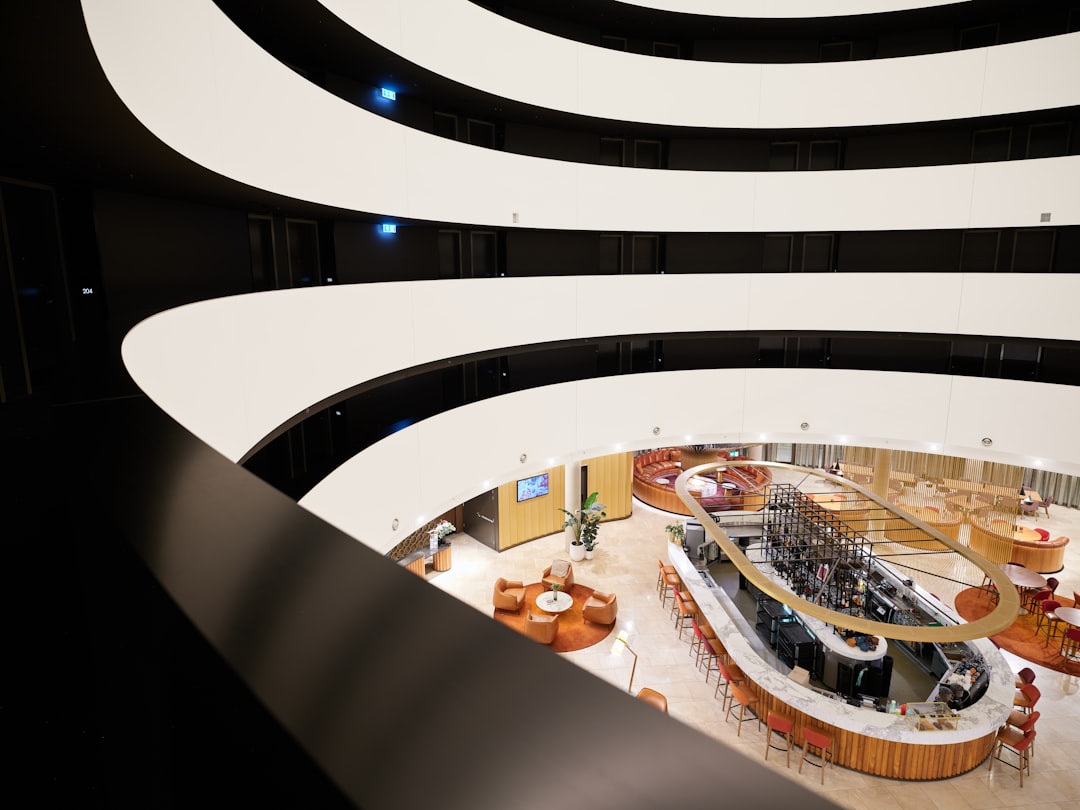
Hospitality marketers frequently struggle with identifying all interested buyers because many browse anonymously and never fill out lead forms. Without visibility into these high-value prospects, brands risk wasted ad spend and missed opportunities. The solution requires a data-forward setup that reveals account-level intent, connects messaging to buyer stage, and routes intelligence to sales teams quickly.
Begin with platform setup for compliance and maximum reach, ensuring your LinkedIn Campaign Manager is fully integrated with key hotel or service domains. Align configurations with your property portfolio, then connect website analytics, CRM, and marketing automation so that every engagement becomes actionable. Review credible industry guidance to shape the approach: articles on linkedin.com that analyze profitable marketing channels for hotels emphasize the role of targeted B2B engagement for corporate and group bookings; insidea.com and imarkinfotech.com outline hospitality-specific LinkedIn tactics like buyer committee targeting and thought leadership.
Develop creative and messaging strategies that align with the unique hospitality decision journey using real scenarios that resonate with buyers: multi-property RFPs in London, corporate housing in Singapore, or conference block bookings in Dubai. Structure campaigns for test budgets and agile scaling while employing data integrations to streamline targeting and optimize ad performance. Measure and optimize by layering in real-world hospitality data and learn from brands that turned anonymous website visitors into customers via custom audience matching and sequential messaging.
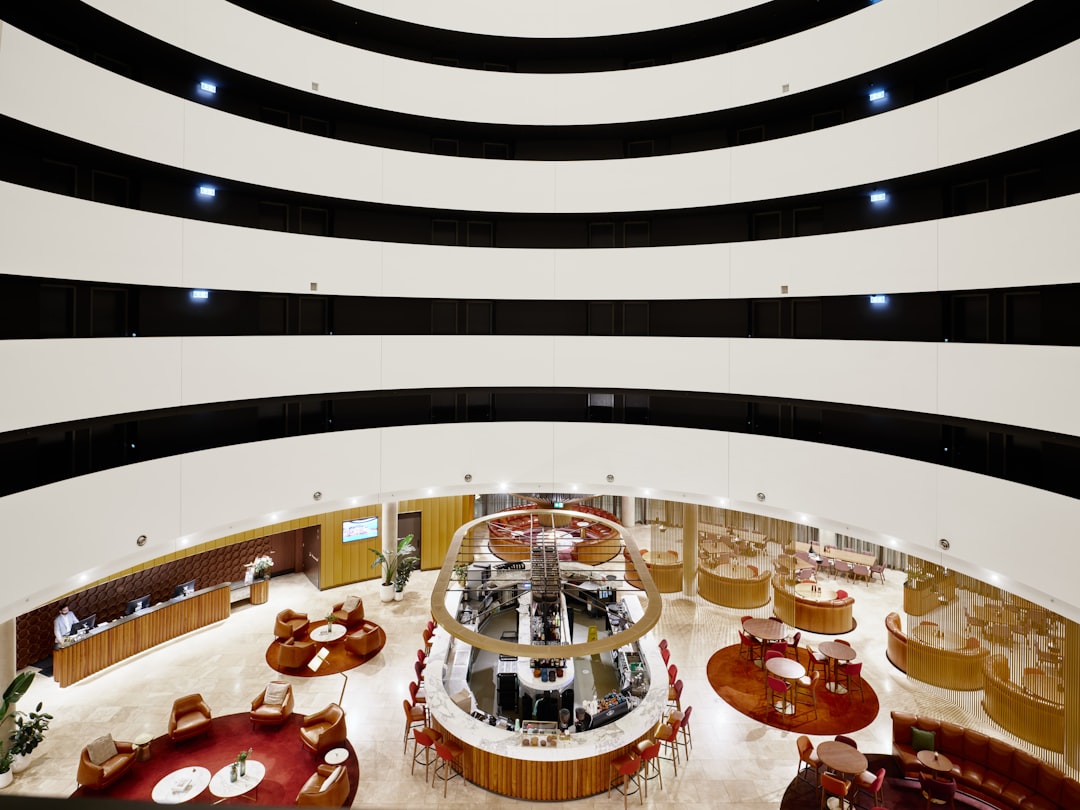
The fragmented buying process in hospitality, where various stakeholders research at different times, creates significant risk of disconnected messaging and lost leads. Hotels and tech vendors often discover that potential clients visit demo pages but abandon before submitting details, which means manual follow-up is impossible. The challenge is amplified for global chains with multiple domains for meetings, weddings, and corporate rates.
LinkedIn provides access to hoteliers, procurement staff, and property executives when they are actively engaging with industry peers and content. Brand leaders leverage thought leadership and group participation to stay top of mind, and they integrate real-time website activity data to enable retargeting campaigns for those who showed interest but did not convert. Several references reinforce this strategy: insidea.com and hospitality LinkedIn tactics break down how hospitality marketers can segment by function and seniority to match buying committees.
Use network connections, Sponsored Content, and CRM integrations to maintain continuity across touchpoints. For example, if a corporate travel manager in New York engages with your sustainability whitepaper, trigger a nurture stream with case studies from LEED-certified properties and follow with a Lead Gen Form inviting a consultation. If a Dubai-based event planner views your ballroom page, display carousel ads featuring capacity charts and past event photos, then retarget with a video testimonial from a regional conference client.
Hospitality companies often lack visibility into which businesses and decision-makers are interacting with their online assets. Without this intelligence, precise targeting is difficult, budget is wasted on cold audiences, and sales teams lose their edge against competitors who move faster on warm leads. LinkedIn offers verified professional profiles and firmographic data that unlock ABM and role-based targeting at scale.
LinkedIn’s robust filters allow you to reach entire B2B buying committees as they consume industry content and initiate research for corporate bookings or property management solutions. Integrating offline and online engagement data bridges blind spots and ensures ad campaigns support relationships at all journey stages. Marketers can access intent signals like group membership, industry skills, and content engagement, then enrich these with CRM data or website visitor intelligence to steadily improve trust and pipeline velocity. For a deeper dive into buying signals, see Sona’s blog post ‘The Essential Guide to Intent Data: Leveraging Signals to Increase Revenue’ via Sona’s blog post.
By accessing intent signals unique to travel and property markets and enriching them with data from other platforms, hospitality brands can increase relevance and lower acquisition costs. This matters in cities with competitive corporate travel markets like London and Singapore where buyers expect precise, timely outreach and where compliance regimes like GDPR and PDPA require careful data handling and transparent lead flows.
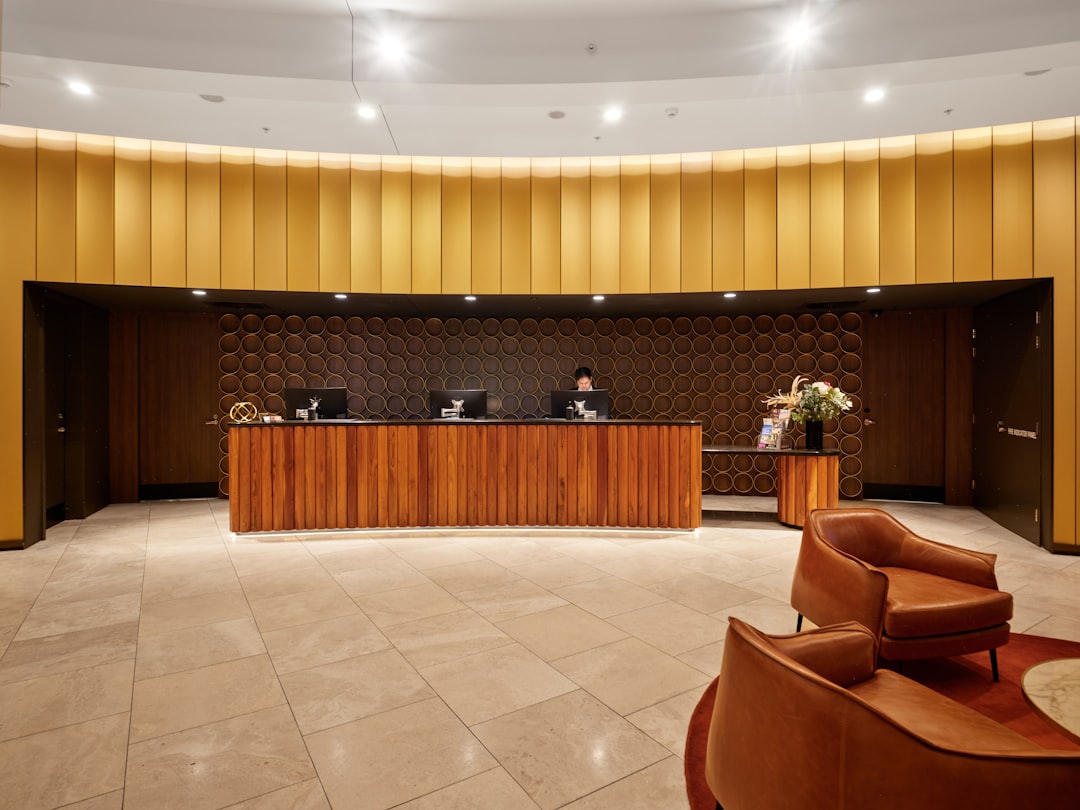
Common hospitality ad campaigns include Brand Awareness, Website Visits, Lead Generation, Website Conversions, Video Views, and Job Applicants. The most effective programs use data and feedback loops. For example, retarget decision-makers who visited rate pages but did not request a quote, nurture group event planners based on engagement with past offers, and create ABM sequences for target accounts in key metros such as New York, Toronto, and Sydney.
Combining native Lead Gen Forms with website retargeting creates a holistic approach to capturing and advancing interest. Use Document Ads for venue brochures and capacity charts, Videos for property tours, and Event Ads for webinars on RFP best practices. Tie each objective to a landing experience with clear message match and measurable conversions like consultation bookings, RFP downloads, or meeting inquiries. For step-by-step sequencing, see Sona’s Playbook ‘Intent-Driven Retargeting: Driving High-Impact Campaigns with First-Party Intent Signals’ via Sona’s Playbook.
Accommodation and hospitality organizations often manage multiple brands or regions, each with independent websites, booking engines, and security protocols. A strong foundation prevents tracking gaps, protects budgets, and ensures that every impression and click can be tied back to a buyer, account, and eventual revenue.
Adopt a governance approach: define who creates audiences, who approves creative, and which conversion events count as marketing-qualified and sales-qualified. Large APAC chains with properties across Singapore, Kuala Lumpur, and Bangkok will benefit from centralized standards and localized execution that considers language and compliance.
Many hospitality groups operate multiple brands or properties and struggle to unify campaign management. Set up Campaign Manager with clear permissions, accurate billing codes, and robust brand safety controls to avoid internal confusion and ensure alignment. Tie accounts to sub-brands and regions, create consistent naming conventions, and restrict access to sensitive audiences.
Lead attribution is complex in hospitality. Group bookings and large event inquiries can span weeks or months, often across multiple platforms. Implement the LinkedIn Insight Tag for granular conversion tracking across all booking and lead capture domains. Configure page-load conversions and event-specific tracking for RFP downloads, tour bookings, and meeting inquiries.
Integration with CRM, booking engines, and email automation solves broken hand-offs between marketing and sales. Advanced integrations now allow marketers to sync LinkedIn audiences not only with Google Ads but with hospitality-specific nurture stages. Reflect where each account is in the buyer journey to reduce inconsistent messaging and boost conversion.
Effective targeting begins with a nuanced understanding of the buying committee: who initiates research, who owns budget, who influences service standards. The answer varies by market; for example, asset managers play a larger role in North American management companies, while owners and family offices may be more involved in the Middle East. For standardized targeting, consult LinkedIn’s industry list.
Map your highest-value decision-makers, then layer skills, groups, and member behaviors to capture nuance that title-only targeting misses. Use geographic filters to mirror your sales coverage, factoring travel corridors like London–New York or Singapore–Sydney where multinational headquarters drive corporate booking demand.
Identifying the full range of decision makers requires more than job titles. Reach asset managers, travel buyers, operations teams, revenue managers, procurement leads, and facilities directors. Enrich with seniority filters and company sizes aligned to your service tier, such as management companies with 1,000 to 10,000 employees or boutique properties with 50 to 200 employees.
Matched Audiences and ABM strategies help reach high-fit prospects not captured in CRM. Augment customer data with privacy-compliant website visitor intelligence or lookalikes from top corporate clients. Segment by property type or audience behavior, then create nurture sequences that match decision stage.
Persistent refinement is critical. Many campaigns falter when targeting goes unchecked and CPCs climb without generating bookings. A/B test by property segment, monitor CPLs, and leverage real-time audience updates to maintain efficiency and quality lead flow.
Many brands default to generic visuals and broad messaging, which reduces engagement and trust. In a market where buyers ignore bland ads, use professional property photography, real guest feedback, and value propositions that address operational and financial outcomes. Highlight recognizable client logos and awards to anchor credibility quickly.
Headlines that reflect pain points work best. Examples: Streamline RFP responses for multi-property portfolios; Eliminate lost booking inquiries with unified inbox; Deliver 20 percent faster event proposals with our toolkit. Test concise Lead Gen Forms that capture essentials and avoid long forms that deter busy planners. Industry sources on insidea.com and imarkinfotech.com reinforce the value of case-led storytelling and short, focused forms for hospitality decision-makers.
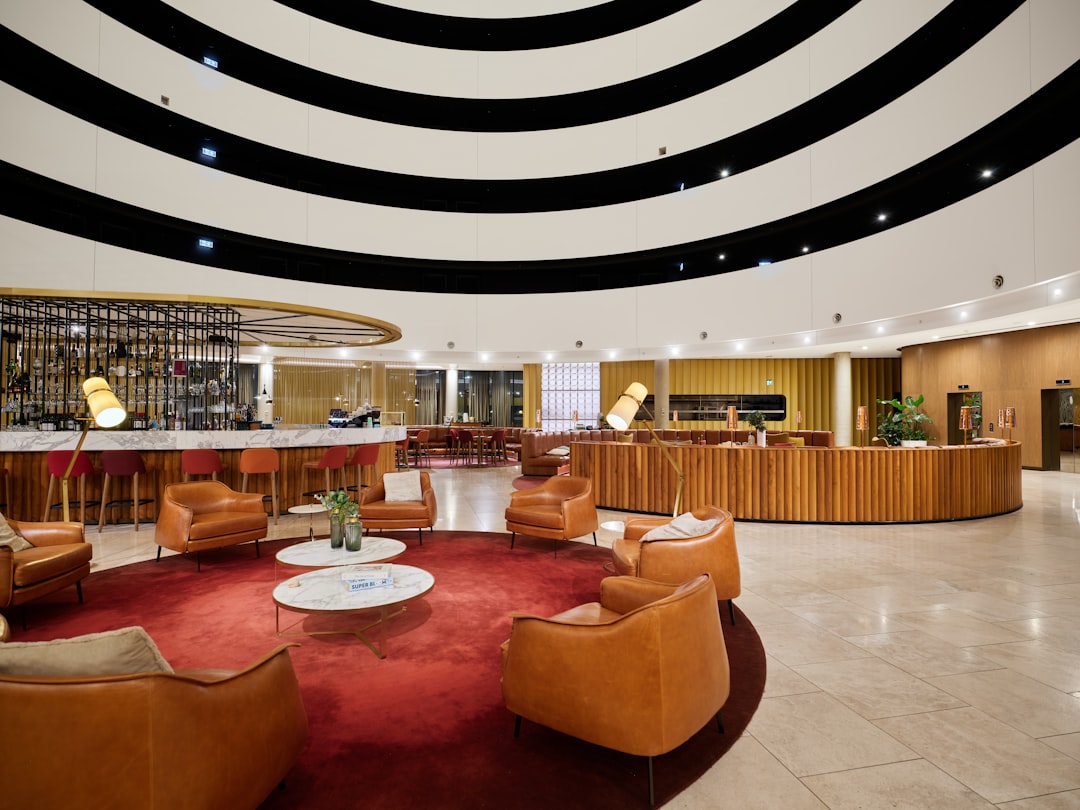
Strong creative bridges the gap between interest and intent. Two attributes consistently separate top performers: authenticity and relevance to the buyer’s role. Creative must reflect real property strengths, real operational capabilities, and real business outcomes for the prospect’s industry.
Tailor assets for global and regional audiences. For APAC, emphasize connectivity and regional access. For the Middle East, highlight luxury service standards and privacy options. For North America and Europe, feature sustainability credentials and meeting technology.
Hospitality marketers report low engagement when visuals feel stock or impersonal. Showcase distinctive amenities and genuine staff interactions. Use executive-level imagery for C-suite messaging and operational visuals for planners and managers. Hotel operations emphasizes the importance of aligning visuals with service delivery promises so operations can fulfill what marketing promotes.
Different buyer roles require tailored messaging. C-suite audiences respond to ROI, occupancy, and asset value enhancements. Operations and procurement leaders react to process, quality assurance, and risk mitigation. Use metric-driven narratives, accredited logos, and regional case studies. LinkedIn pulse articles on linkedin.com often highlight how industry-specific proof points, such as ISO certifications and sustainability badges, increase response rates from corporate buyers.
Use a mix of formats to match funnel stages, even for buyers not yet ready to talk to sales. Single Image Ads for quick brand cues, Carousel Ads for property features and packages, Video for tours and testimonials, Document Ads for brochures and RFP kits, and Lead Gen Forms for direct capture.
Organic and sponsored content should reinforce each other. Consistency is essential: maintain a steady blend of property upgrades, customer stories, staff achievements, and local partnerships. Use LinkedIn Events to promote webinars, open houses, virtual tours, or familiarization trips. These touchpoints attract planners and corporate buyers who may not be in your CRM yet.
Inviting industry professionals to connect early, then nurturing them through content and targeted follow-up, bridges the gap between digital discovery and real-world engagement. For example, a boutique hotel in New York can invite agency partners to a quarterly virtual showcase, then retarget attendees with case studies featuring similar events and a Lead Gen Form for a site tour. Insights from insidea.com and hoteloperations.com suggest linking these efforts to on-property service readiness, ensuring marketing promises align with operational delivery.
LinkedIn traffic arrives with professional intent. Your landing pages must match that intent with clarity and credibility. For hospitality, the most common friction points are message mismatch, missing trust signals, and forms that feel too long or not secure.
Align the promise in your ad with the landing page headline and copy. If the ad promotes a conference package in Dubai, the landing page should open with that package name, include the same visuals, and show pricing tiers or qualifying details. Add trust signals like awards, certifications, and recognizable client logos. Consider regional compliance: display GDPR consent notices for EU traffic; show PDPA language for Singapore.
One major reason for low conversion rates is disconnected messaging from ad to landing page. Ensure message match and continuity. Use clear headlines and scannable sections for meeting planners and corporate buyers. Provide map embeds, travel time to airports, and a downloadable capacity chart.
Hospitality landing pages that lack trust signals see higher bounce rates. Add independent reviews, security badges for payment pages, sustainability certifications, and industry awards. For corporate traffic from London or Frankfurt, sustainability information is increasingly important, while for Dubai and Abu Dhabi, privacy and VIP service details can be differentiators.
Use data-driven insights to balance form length and conversion rate. For a first touch, minimize fields and rely on LinkedIn’s pre-filled Lead Gen Forms. For decision-stage pages like RFP requests, qualify with event date, estimated attendees, and decision timeline.
Measurement must reflect hospitality’s long buying cycles and multi-stakeholder paths. Relying on last-click attribution undervalues upper-funnel engagements that influence final decisions. Build a model that connects LinkedIn view-through and click-through engagements to pipeline progression in your CRM. To connect attribution with activation across your funnel, book a Sona demo.
Modern analytics can stitch together cross-channel signals. Use LinkedIn’s demographic reporting to see who engages, then monitor down-funnel metrics like Sales Qualified Lead rate and proposal volume. Articles on linkedin.com emphasize aligning channel metrics with revenue impact, while insidea.com and imarkinfotech.com outline hospitality-specific KPIs for LinkedIn.
Many hospitality marketers grapple with attribution because high-value visits from LinkedIn do not always result in immediate form submissions. Track metrics at multiple levels to capture full influence.
Establish a regular reporting rhythm that combines Campaign Manager data, CRM insights, and marketing automation engagement. Use UTM parameters for all ads, set up offline conversion imports for trade show leads, and reconcile monthly with sales for accurate ROI.
The accommodation sector faces increasingly fragmented digital journeys. Buyers often move from LinkedIn to your site to offline meetings without becoming known leads. LinkedIn, combined with intelligent data integrations, helps you identify these buyers and maintain relevant contact across stages of the journey.
Access to verified professional audiences, enriched with buying signals and CRM integration, allows targeting of both known and previously anonymous visitors. This is critical in competitive markets such as London and Singapore where response speed and relevance impact shortlist inclusion. Sequential engagement tactics convert initial research into booking discussions, mitigate wasted impressions, and ensure each message addresses the buyer’s current stage.
The inability to recognize shifts in buying intent slows revenue growth. AI and machine learning now offer predictive lead scoring and automated audience updates that surface accounts moving into research phases, even without form submissions. Connect these insights to LinkedIn and CRM audiences so budgets can flow to the right people at the right time.
Use AI to detect patterns like sudden surges in visits to your meetings pages from companies in New York’s financial district or increased engagement from technology firms in Dublin. Adjust campaigns to spotlight relevant case studies. References on linkedin.com and insights shared by insidea.com indicate that AI-driven segmentation improves efficiency by prioritizing high-propensity accounts and reducing bids for low-fit segments.
Smaller properties often operate with limited budgets and lean teams. The key is focus. Narrow your targeting to specific buyer groups, like local agencies and corporate travel managers within driving distance, and build lookalike audiences from your best clients. This reduces waste and amplifies relevance.
Personalization and speed are your competitive advantages. Test offers quickly, such as last-minute meeting space packages for midweek, and use Document Ads with concise brochures. Align your creative to local context, like highlighting proximity to conference centers in Sydney or transit hubs in Toronto. Hoteloperations.com offers pragmatic guidance on aligning marketing promises with operational capacity, which is crucial for independents.
Disconnected campaigns lead to wasted spend and lost leads. Sync audience lists and intent signals between LinkedIn, Google Ads, and other hospitality channels. For example, use LinkedIn for buyer committee targeting, then retarget with search ads for branded and competitor terms, and drive to role-specific landing pages.
Consistent messaging and unified measurement reduce confusion and prevent prospect drop-off. Use the same value propositions and proof points across channels. Articles on imarkinfotech.com and insidea.com emphasize that unified creative and data orchestration across LinkedIn and search increase conversion rates and improve overall ROI for hospitality brands.
Hospitality marketers face pressure to justify digital spend amid rising CPCs and variable lead quality. Control costs by focusing on high-fit segments and excluding low-relevance audiences. Use bid strategies that align with your objective and conversion data: manual bidding for control during tests, target CPA once you have sufficient conversions, maximum delivery when you need scale.
Benchmarks vary by region and segment. In North America and Western Europe, CPCs are typically higher; however, deal sizes for corporate and MICE can justify the investment. In APAC, CPCs can be more efficient for niche sectors, though language and compliance considerations must be managed. Articles on linkedin.com that analyze channel profitability and thought pieces on insidea.com suggest that the strongest cost-effectiveness comes from ABM lists, role-based creative, and sequential retargeting that align to the buyer’s stage.
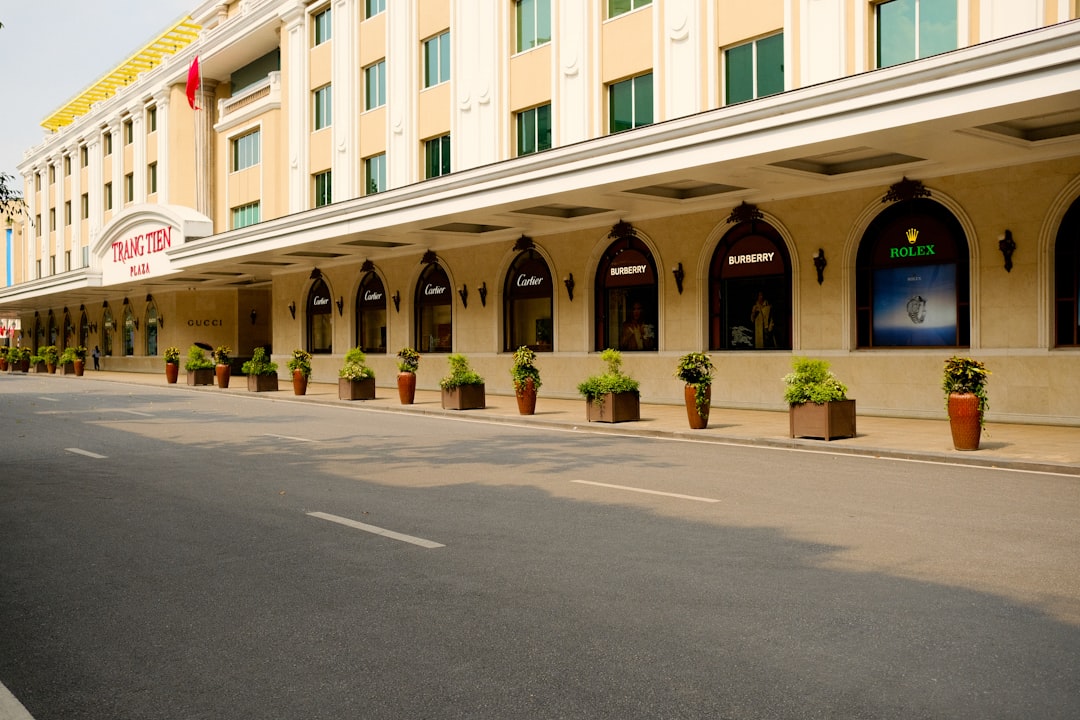
Case studies illustrate how leading brands transformed high intent into conversions, even when prospects never submitted forms at first touch. A Dubai-based luxury resort targeted event planners from UK and German firms preparing winter conferences. The sequence: awareness videos highlighting onsite AV and translation services, carousel ads featuring ballrooms and breakout rooms, then a Lead Gen Form offering a tailored floor plan. Result: 32 percent increase in qualified RFPs within two months, with compliance adjustments for GCC data standards and GDPR for EU planners.
A mid-market chain in the United States focused on corporate travel managers in New York, Chicago, and San Francisco. Using Matched Audiences and lookalikes from top accounts, they promoted a sustainability badge and hybrid meeting capabilities. They integrated LinkedIn with HubSpot to qualify leads by company size and role. Outcome: 27 percent lower CPL and 18 percent higher SQL rate compared to generic targeting. This approach mirrors playbooks discussed on imarkinfotech.com and aligns with operational integration principles highlighted on hoteloperations.com.
Analyses of campaign structure and creative indicate that AI-powered audience updates, visitor identification, and unified reporting help large groups and independents capture revenue from previously missed opportunities. Expert commentary across linkedin.com, insidea.com, and hoteloperations.com underscores that success comes from coordinated messaging, buyer-stage sequencing, and close feedback loops with sales and operations teams.
With digital transformation accelerating in the accommodation and hospitality sector, LinkedIn Ads delivers a unique opportunity to reach professional buyers at every stage of the decision journey. By addressing persistent challenges like missed high-value prospects, lack of visibility into anonymous traffic, and inconsistent cross-channel messaging, marketers can align targeting and creative to drive measurable business outcomes.
Using predictive technology for audience and intent, integrated CRM workflows, and a test-and-optimize mindset, even small hotels can compete at scale while large groups maximize efficiency and ROI. When strategies bridge gaps between channels and leverage data-driven buyer identification, the impact on pipeline and closed business surpasses traditional tactics that lack professional context.
The future of hospitality marketing belongs to those who pair credibility and expert content with emerging technologies. Ensure every buyer interaction, whether known or anonymous, is captured, nurtured, and advanced with maximum precision.
Marketing automation is revolutionizing the accommodation and hospitality industry by transforming how marketing managers generate high-quality leads and deliver exceptional guest experiences. For hospitality groups in key markets like New York and beyond, automating your LinkedIn Ads campaigns means capturing the attention of decision-makers efficiently while nurturing prospects with personalized, data-driven messaging that drives bookings and long-term loyalty.
Imagine having real-time insights into which campaigns resonate most with hotel operators or event planners—and automatically scoring and nurturing those leads without lifting a finger. With Sona.com, you gain intelligent lead scoring, seamless CRM integration, and automated nurture sequences that optimize every touchpoint from first impression to reservation. This empowers your team to focus on closing deals while ensuring no opportunity slips through the cracks.
Start your free trial with Sona.com today and unlock the full potential of marketing automation to turn LinkedIn prospects into loyal guests and profitable partnerships.
Use LinkedIn Ads to target key decision-makers like owners, procurement, and operations in major markets. Integrate LinkedIn Insight Tag with your CRM to retarget anonymous visitors and map buyer stages to tailored ad formats for better lead generation.
Focus on buyer committee targeting, sequential messaging, and local proof. Combine Lead Gen Forms with retargeting campaigns, use role-specific content, and align creative with buyer stages to convert anonymous interest into qualified leads.
Identify the full buying committee including owners, asset managers, travel buyers, and event planners. Use LinkedIn filters for seniority, company size, and geography, and enhance targeting with Matched Audiences and account-based marketing lists.
Use a mix of ad formats such as Single Image Ads for awareness, Carousel Ads for property features, Video Ads for tours and testimonials, Document Ads for brochures, and Lead Gen Forms for direct inquiries aligned to the buyer's funnel stage.
Maintain consistent organic and sponsored content showcasing property upgrades, guest stories, and staff achievements. Promote LinkedIn Events like webinars or virtual tours to engage planners and corporate buyers early in their research.
Challenges include long decision cycles, multiple stakeholders, anonymous website visitors, and disconnected messaging. LinkedIn helps overcome these by enabling precise targeting, retargeting anonymous users, and syncing marketing with sales systems.
Track metrics beyond clicks, such as cost per qualified lead, sales qualified lead rates, opportunity creation, and pipeline velocity. Use CRM data integration and regular reporting to connect LinkedIn engagement to revenue outcomes.
Small hotels should narrow targeting to local agencies and corporate travel managers, build lookalike audiences from best clients, and focus on personalized offers with concise brochures and regionally relevant creative to maximize limited budgets.
LinkedIn provides access to verified professional audiences, enabling precise account-based targeting and retargeting of anonymous visitors. This improves pipeline quality, accelerates decision-making, and increases relevance in competitive markets like London and Singapore.
AI enables predictive lead scoring and automated audience updates to identify accounts entering research phases. This helps allocate budget efficiently by prioritizing high-propensity accounts and adjusting campaigns based on real-time engagement patterns.
Join results-focused teams combining Sona Platform automation with advanced Google Ads strategies to scale lead generation

Connect your existing CRM

Free Account Enrichment

No setup fees
No commitment required

Free consultation

Get a custom Google Ads roadmap for your business
Join results-focused teams using Sona Platform automation to activate unified sales and marketing data, maximize ROI on marketing investments, and drive measurable growth

Connect your existing CRM

Free Account Enrichment

No setup fees
No commitment required

Free consultation

Get a custom Google Ads roadmap for your business
Over 500+ auto detailing businesses trust our platform to grow their revenue
Join results-focused teams using Sona Platform automation to activate unified sales and marketing data, maximize ROI on marketing investments, and drive measurable growth

Connect your existing CRM

Free Account Enrichment

No setup fees
No commitment required

Free consultation

Get a custom Google Ads roadmap for your business
Over 500+ auto detailing businesses trust our platform to grow their revenue
Join results-focused teams using Sona Platform automation to activate unified sales and marketing data, maximize ROI on marketing investments, and drive measurable growth

Connect your existing CRM

Free Account Enrichment

No setup fees
No commitment required

Free consultation

Get a custom Google Ads roadmap for your business
Over 500+ auto detailing businesses trust our platform to grow their revenue
Join results-focused teams using Sona Platform automation to activate unified sales and marketing data, maximize ROI on marketing investments, and drive measurable growth

Connect your existing CRM

Free Account Enrichment

No setup fees
No commitment required

Free consultation

Get a custom Google Ads roadmap for your business
Over 500+ auto detailing businesses trust our platform to grow their revenue
Our team of experts can implement your Google Ads campaigns, then show you how Sona helps you manage exceptional campaign performance and sales.
Schedule your FREE 15-minute strategy sessionOur team of experts can help improve your demand generation strategy, and can show you how advanced attribution and data activation can help you realize more opportunities and improve sales performance.
Schedule your FREE 30-minute strategy sessionOur team of experts can help improve your demand generation strategy, and can show you how advanced attribution and data activation can help you realize more opportunities and improve sales performance.
Schedule your FREE 30-minute strategy sessionOur team of experts can help improve your demand generation strategy, and can show you how advanced attribution and data activation can help you realize more opportunities and improve sales performance.
Schedule your FREE 30-minute strategy sessionOur team of experts can help improve your demand generation strategy, and can show you how advanced attribution and data activation can help you realize more opportunities and improve sales performance.
Schedule your FREE 30-minute strategy session





Launch campaigns that generate qualified leads in 30 days or less.
